What really happened when Hercules firefighting plane crashed
New details have emerged about the hours leading up to the plane crash that claimed the lives of three US airmen who had been tasked with helping local fire crews battle blazes in the state’s south during our “black summer” bushfires earlier this year.
A firefighting plane that crashed killing its crew of three Americans during the summer bushfires had allegedly flown unannounced to a fireground where local fire crews had earlier grounded all aircraft due to the horrific weather conditions.
The C130-Hercules large air tanker also flew to the Section 44 Cooma fire without a “bird dog” — a smaller observational plane — with firefighter sources claiming the bird dog pilot had made the decision not to fly due to the extremely high winds.
The allegations have been made to The Sunday Telegraph by firefighters who were on duty on the day of the fatal crash on January 23, which claimed the lives of Captain Ian McBeth, first officer Paul Hudson and flight engineer Rick DeMorgan Jr.
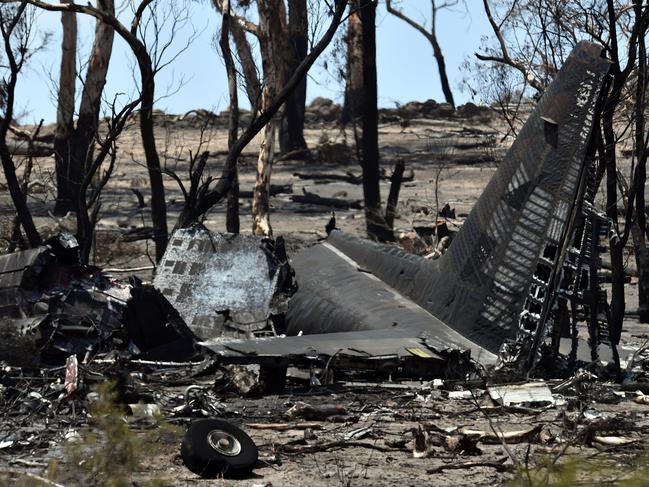
Their claims are expected to be investigated as part of the NSW Independent Bushfire Inquiry.
The air tanker, leased by the NSW Rural Fire Service (RFS) from Canadian firm Coulson Aviation, was among a large fleet of aircraft used to fight blazes during the “black summer” bushfires.
Both the Australian Transport and Safety Bureau (ATSB) and NSW Police are investigating the crash, with eyewitness statements expected to play a critical role after it was revealed the plane’s cockpit voice recorder did not contain any recordings from the fatal flight.
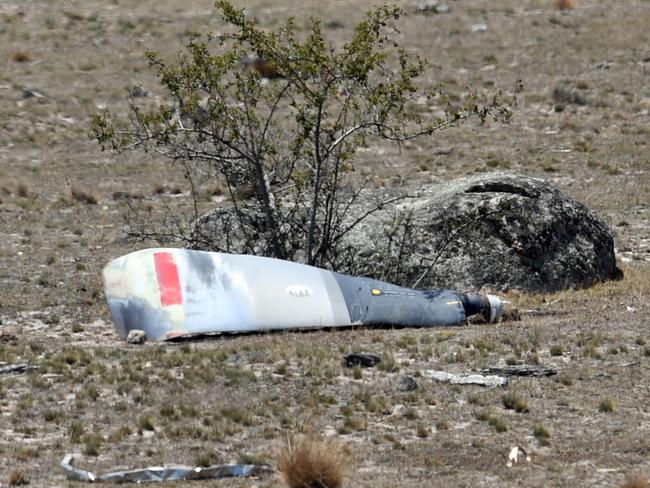
An investigation by The Sunday Telegraph has learned that air attack supervisors and pilots involved in the Cooma “Section 44” firefighting effort — comprising the Adaminaby and Good Good fires — were so concerned about flying conditions on the day that all local aircraft were grounded.
The grounding order meant two fixed wing planes that had been flying out to Lake Tantangara to pick up water to drop on the Adaminaby fire had to return to base after just 40 minutes in the air.
MORE FROM LINDA SILMALIS:
Royal commission told: We need more paid firefighters
How cost-cutting failed rural firefighters
The order was made after a senior manager witnessed “two foot waves” on the usually placid Lake Jindabyne as he drove past that morning, confirming a NSW Bureau of Meteorology forecast of intense winds.
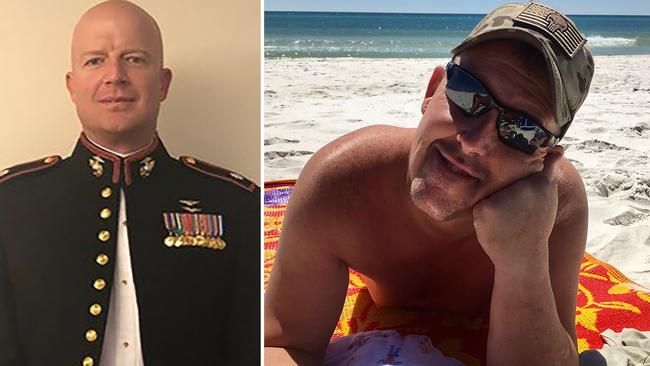
With no “bird dog”, the “usual conversation” that took place between the pilots and local crews on the fire and conditions did not occur, the source said. Had there been a discussion beforehand, they would have been “strongly advised” not to come down, the source said.
The source said the 737 attempted to drop water over the fire, but the wind “turned it to mist”, resulting in the aircrews flying back to Sydney.
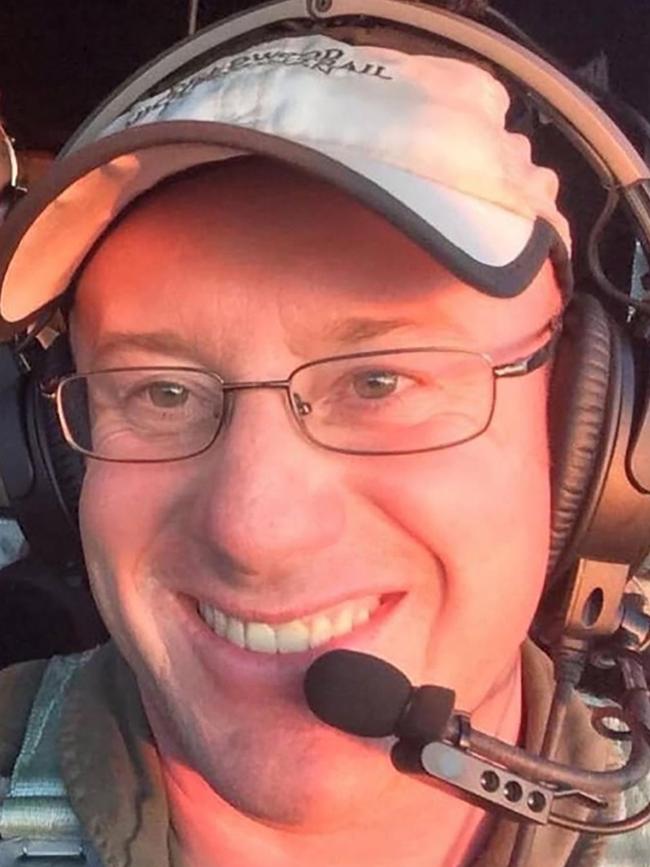
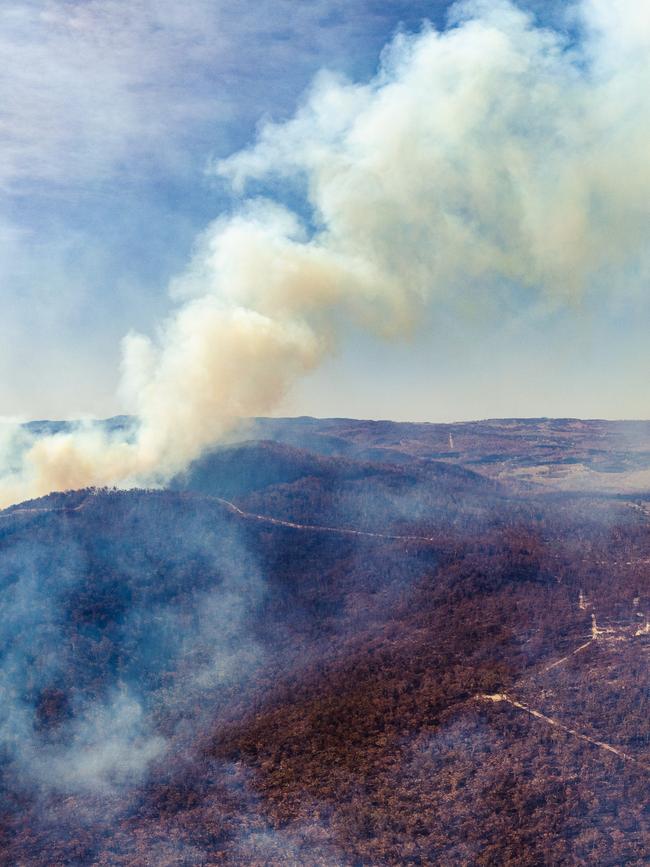
The C130-Hercules was also unable to drop retardant on the Adaminaby fire, resulting in aircrews diverting it to the Good Good fire where it released 4500 litres.
“Usually a bird dog comes in ahead of a bomber,” the source said. “They say, ‘hi, bird dog’ and … then there is a conversation about how the scenario will work. In this case, no bird dog came with the bombers. The first anyone knew of them was when ground crews saw them.”
One local experienced firefighter claimed wind gusts in the morning reached 85 knots (150km/h) — double that which pilots would regard as safe flying conditions.
While the experience of the airmen would have made them aware of the conditions they were flying into, the source said many came from a military background where there was a willingness to do the job at whatever cost.
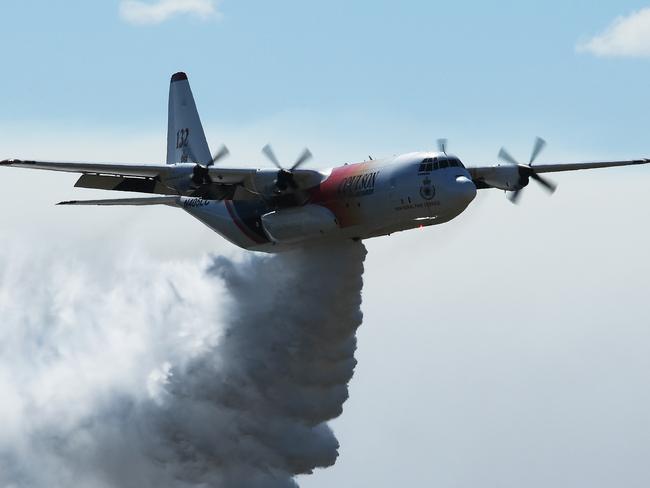
A preliminary ATSB report in February said the Hercules had released its retardant on the Good Good fire when witnesses saw the plane flying low before crashing about 1.16pm. It is understood an air attack supervisor, who was asked to go look for the plane when it disappeared, landed after being hit by strong wind gusts at around 1000 feet.
In its submission to the bushfire inquiry, the Public Service Association, which has members within the firefighting agencies of the NSW RFS, NSW National Parks and Wildlife Service and the Forestry Corporation of NSW, raised the “lack of communication” between the Homebush-based State Operations Centre and the local Incident Management Teams when “allocating Large Air Tankers” to the regions this fire season.,
A NSW RFS spokesman said there were “significant differences” in the capabilities of aircraft, including the types of conditions they could fly in.
Pilots were also well trained in assessing conditions, understanding their aircraft’s capabilities, and ultimately made the decision to fly or continue the mission, he said.
Originally published as What really happened when Hercules firefighting plane crashed
